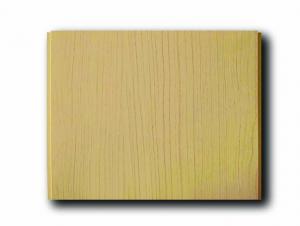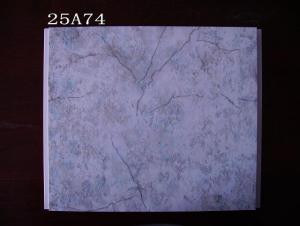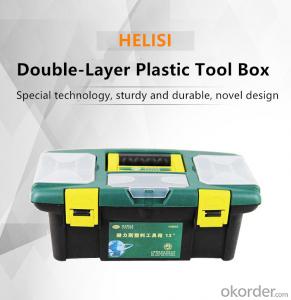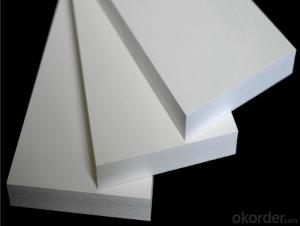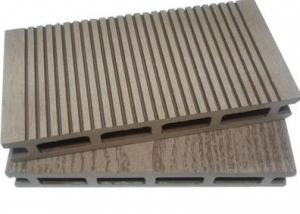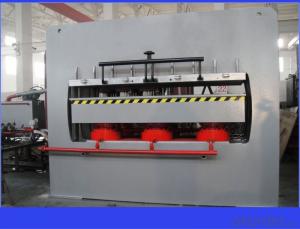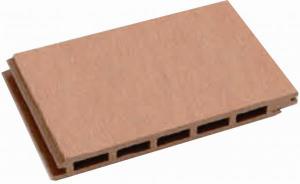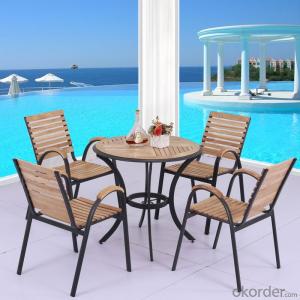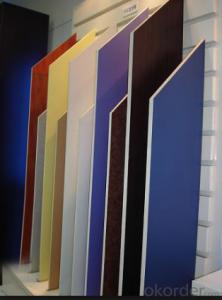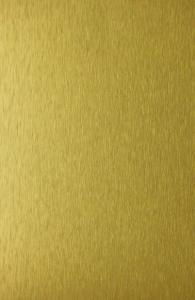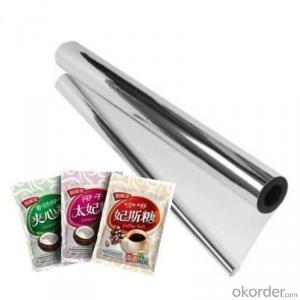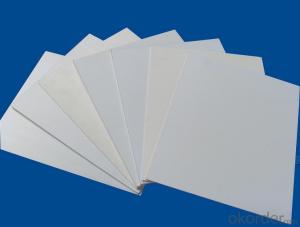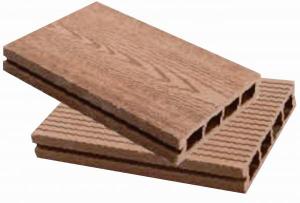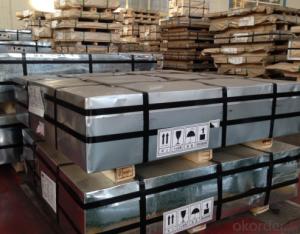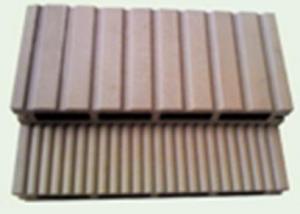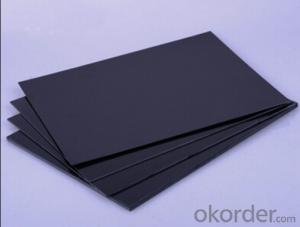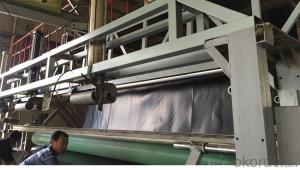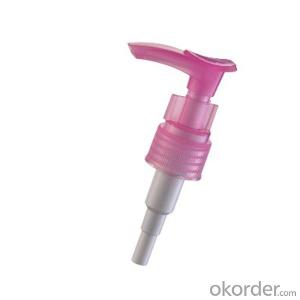Plastic Sheets 4X8
Plastic Sheets 4X8 Related Searches
Primer For Galvanized Steel H S Code For Stainless Steel Wd 40 For Stainless Steel Spray Paint For Stainless Steel Drill Bits For Stainless Steel Sponge For Stainless Steel Caulking For Stainless Steel Steel Vessels For Kitchen Best Solar Inverter For Home Led Table Lamps For HomeHot Searches
Steel Mesh Panels For Sale Price For Stainless Steel Scrap Scrap Price For Stainless Steel Cheap High Tea Sets For Sale Stainless Steel Tanks For Sale High Density Fiberboard For Sale Solar Hot Water Collectors For Sale Scaffolding For Sale In Uae Scaffolding For Sale In Ireland Scaffolding For Sale In Houston Type Of Inverter For Solar Price Of Shipping Containers For Sale Stock Price For Aluminum Used Solar Inverter For Sale Portable Led Signs For Sale Stone Hot Water Bottles For Sale Large Led Screens For Sale Used Aluminum Scaffolding For Sale 1/4 Aluminum Plate For Sale Pvc Chairs For SalePlastic Sheets 4X8 Supplier & Manufacturer from China
Okorder.com is a professional Plastic Sheets 4X8 supplier & manufacturer, offers integrated one-stop services including real-time quoting and online cargo tracking. We are funded by CNBM Group, a Fortune 500 enterprise and the largest Plastic Sheets 4X8 firm in China.Hot Products
FAQ
- Yes, stainless steel sheets are highly resistant to saltwater corrosion. Stainless steel is known for its exceptional corrosion resistance, making it an ideal material for applications exposed to saltwater environments. The chromium content in stainless steel forms a protective oxide layer on the surface, which acts as a barrier against corrosion. This oxide layer prevents the steel from coming into direct contact with saltwater, thereby reducing the risk of corrosion. Additionally, stainless steel grades such as 316 and 316L are specifically designed to offer better resistance to saltwater corrosion, making them even more suitable for marine applications. Overall, stainless steel sheets are a reliable choice for saltwater environments due to their excellent corrosion resistance properties.
- Yes, stainless steel sheets can be used for fire-rated applications. Stainless steel has excellent fire resistance properties, including high melting points and low thermal expansion. It does not emit toxic fumes when exposed to high temperatures, making it a suitable material for fire-rated applications such as fire doors, wall panels, and fire-rated enclosures.
- A variety of stainless steel sheet finishes are accessible, each possessing distinctive traits and appearances. Some of the most prevalent finishes comprise: 1. No.1 Finish: Termed "hot rolled annealed and pickled" (HRAP), this finish is the most fundamental and widely employed. It exhibits a dull, coarse surface with visible grain lines. 2. No.2B Finish: By cold rolling the stainless steel sheet and subsequently annealing it in a controlled environment, this finish is achieved. It possesses a smooth, reflective surface with a slight haze. 3. No.2D Finish: Similar to No.2B, this finish is acquired through cold rolling and annealing. However, it has a marginally rougher surface and is commonly utilized for applications not necessitating a highly reflective finish. 4. No.3 Finish: By meticulously polishing the stainless steel sheet using abrasive belts or brushes, this finish is accomplished. It presents a semi-reflective surface with a grainy appearance. 5. No.4 Finish: Termed "brushed finish," this finish is attained by utilizing fine abrasive belts or brushes to create a consistent, linear grain pattern on the surface. It exhibits a matte appearance and is typically employed in architectural and decorative applications. 6. No.6 Finish: Through further polishing the stainless steel with finer abrasives, this finish is realized, resulting in a smoother and more reflective surface. 7. No.7 Finish: Analogous to No.6, this finish is accomplished by employing even finer abrasives, culminating in a highly reflective surface with a mirror-like appearance. 8. No.8 Finish: Also known as the "mirror finish," this represents the highest level of polish achievable on stainless steel. It showcases a flawless, reflective surface that is frequently utilized in decorative and high-end applications. Besides these conventional finishes, there are also specialized finishes obtainable, such as embossed, patterned, or colored finishes, which can further augment the aesthetic allure of stainless steel sheets. The selection of a finish relies on the specific application and desired appearance, with each finish offering its own distinct advantages and characteristics.
- What's the difference between cold rolling and hot rolling of stainless steel plate?
- Hot rolling is relative to cold rolling, cold rolling is performed under recrystallization temperature, while hot rolling is rolling above recrystallization temperature.
- The maximum temperature that stainless steel sheets can withstand depends on the grade of stainless steel being used. Generally, stainless steel is known for its high heat resistance and can withstand temperatures ranging from 1200°F to 1600°F (650°C to 870°C). However, the specific temperature threshold may vary depending on the grade of stainless steel, the thickness of the sheet, and the duration of exposure to high temperatures. It is essential to consult the manufacturer's specifications or a materials engineer to determine the maximum temperature tolerance for a specific stainless steel sheet.
- Certainly! Countertops can indeed be made using stainless steel sheets. Stainless steel is a material known for its durability and versatility, as it possesses resistance against stains, heat, and bacteria. Consequently, it proves to be an exceptional option for kitchen countertops. Moreover, stainless steel countertops are effortless to clean and maintain, all while presenting a sleek and contemporary look. While commonly found in commercial kitchens, these countertops are steadily gaining popularity in residential settings, owing to their durable nature and hygienic qualities.
- Stainless steel plate how to distinguish between good and bad, there are several thick?
- The entire stainless steel material, its origin is generally mills order or to import and processing of goods due to overstocking of society. The sources of stainless steel are different, and the methods of identification are different.
- Some of the different types of stainless steel sheet surface finishes available include: 1. No.1 Finish: This is a rough, dull surface finish with visible grain lines. 2. No.2B Finish: It has a smooth, bright finish that is commonly used for appliances and architectural applications. 3. No.4 Finish: This finish has a brushed appearance with fine grain lines and is often used in decorative applications. 4. No.8 Mirror Finish: It provides a highly reflective surface that is used for decorative purposes. 5. Satin Finish: It has a smooth, silky appearance with low reflectivity and is commonly used in architectural and decorative applications. 6. Brushed Finish: This finish has a consistent linear grain pattern created by brushing the surface with abrasive materials. 7. Embossed Finish: It features raised patterns or textures on the surface, providing a decorative and tactile effect. 8. Bead Blast Finish: It creates a uniform, matte surface texture by blasting stainless steel sheets with fine glass beads. 9. Etched Finish: This finish involves chemically etching the surface to create patterns or designs. 10. Colored Finish: Stainless steel sheets can be coated or treated to achieve various colors and finishes, allowing for customization and aesthetic appeal.





